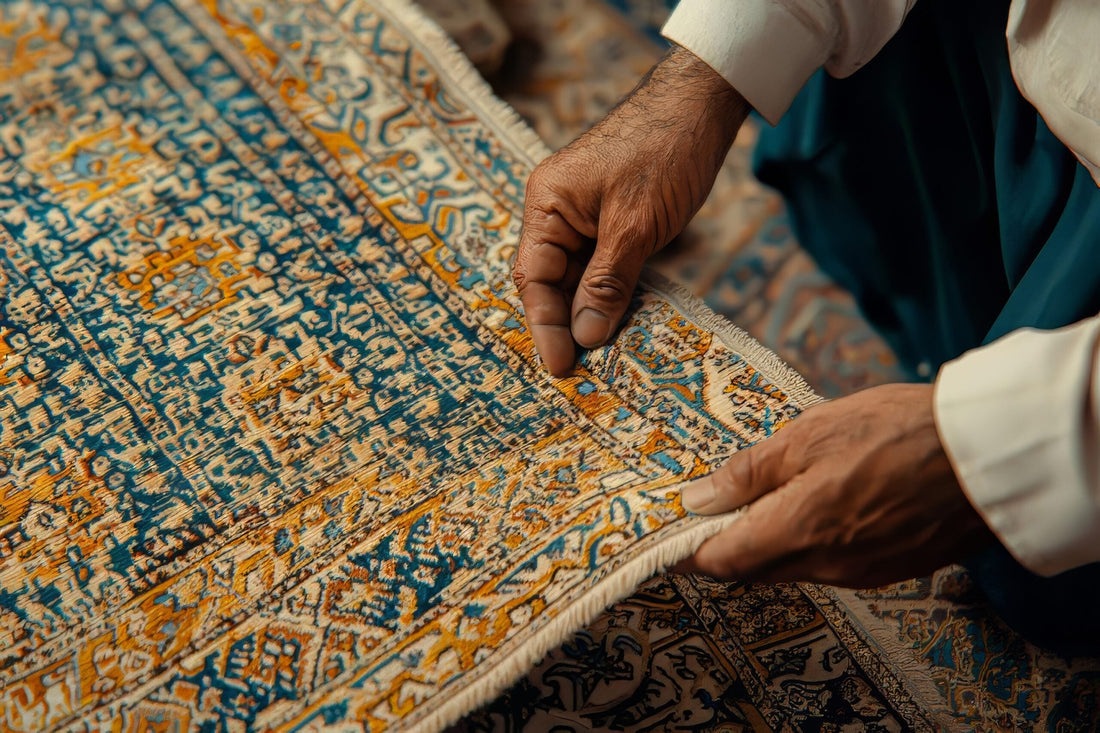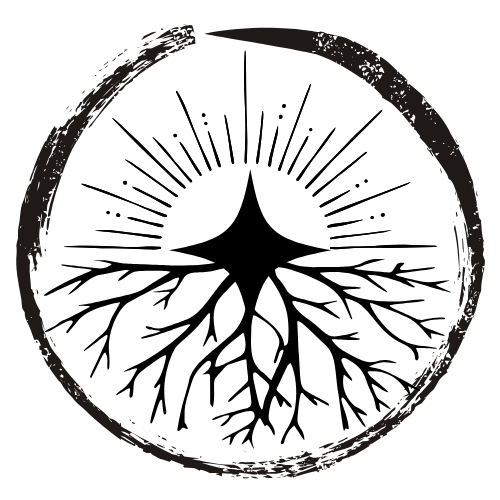
Unveiling Authenticity: Your Guide to Identifying a Genuine Handmade Oriental Rug
Share
In a world of mass-produced imitations, owning a genuine handmade oriental rug is a privilege – a connection to centuries of artistry, tradition, and meticulous craftsmanship. But how can you discern the real deal from a machine-made mimic? This guide will equip you with the knowledge to confidently authenticate your prized textile.
The Tell-Tale Signs: Key Features of a Handmade Oriental Rug
Authenticating a handmade oriental rug involves a multi-sensory exploration and attention to detail. Here's what to look for:
1. The Back of the Rug: A Window to the Craft
- Irregular Knots: Flip the rug over. The back of a genuine handmade rug will display slightly irregular knots. These are the individual ties made by the weaver's hands. Machine-made rugs will have perfectly uniform, evenly spaced knots, often in straight lines or a grid pattern.
- No Backing Material: Handmade rugs don't have a secondary backing material glued or stitched on to conceal the knots. You should be able to clearly see the foundation (warp and weft threads) and the knots themselves.
- Visible Warp and Weft: The warp threads (running lengthwise) and weft threads (running widthwise) form the foundation of the rug. In a handmade piece, these threads will be visible on the back, often slightly uneven.
2. The Fringes: An Extension of the Structure
- Integral Fringes: In a true handmade rug, the fringes are an extension of the warp threads. They are the natural ends of the foundation.
- Sewn-On Fringes: Machine-made rugs often have fringes that are sewn or glued onto a finished edge. Look closely for a distinct seam where the fringe is attached to the body of the rug.
3. The Edges (Selvages): Hand-Finished Details
- Hand-Overcast Edges: The sides of a handmade rug (selvages) are typically hand-overcast or wrapped to secure the edges and prevent unraveling. This creates a slightly uneven, hand-stitched appearance.
- Machine-Serged Edges: Machine-made rugs usually have neatly and uniformly serged edges, often with a tight, consistent stitch.
4. The Pile and Texture: The Feel of Craftsmanship
- Slight Variations: The pile (the surface of the rug) in a handmade piece may have slight variations in height and texture due to the individual knotting process.
- Consistent Uniformity: Machine-made rugs tend to have a perfectly uniform pile height and texture.
- Material Feel: Authentic oriental rugs are typically made from natural fibers like wool, silk, or cotton. They will have a distinct feel compared to synthetic materials.
5. The Design and Patterns: Artistic Nuances
- Subtle Imperfections: Due to the human element, handmade rugs may exhibit minor variations in the design or color transitions. These "imperfections" are part of their unique charm and a sign of handcraftsmanship.
- Perfect Replication: Machine-made rugs will have perfectly repeated and flawless designs.
- Knot Count (Consideration, Not Sole Indicator): While a higher knot count often indicates finer detail and more labor, it's not the only indicator of a handmade rug. Focus on the other characteristics first.
6. The Size and Shape: Human Touch
- Slight Irregularities: Handmade rugs may have slight variations in overall size and shape due to the manual weaving process.
- Perfectly Uniform Dimensions: Machine-made rugs will have precise and consistent dimensions.
Red Flags: Indicators of a Machine-Made Rug
- Perfectly Uniform Knots on the Back.
- Fringes Clearly Sewn or Glued On.
- Perfectly Straight and Uniform Edges.
- Completely Symmetrical and Flawless Designs.
- Synthetic Materials with a Uniform Feel.
- A Stiff Backing Material.
Beyond the Physical: Asking the Right Questions
When purchasing an oriental rug, don't hesitate to ask the seller:
- Origin and Weaving Tradition: Inquire about the rug's country of origin and the specific weaving techniques used.
- Materials: Ask about the type of wool, silk, or other fibers used and the source of the dyes.
- Age and Condition: Understand the rug's age and any history it might have.
- Certification or Appraisal: Reputable dealers often provide certificates of authenticity or appraisals.
Trust Your Instincts and Seek Expertise:
Authenticating a handmade oriental rug takes practice and a keen eye. If you're unsure, don't hesitate to seek the opinion of a reputable rug dealer or appraiser who specializes in antique and oriental textiles. Their expertise can provide you with a definitive assessment and we can assist in connecting you with an expert.
By understanding these key characteristics and asking the right questions, you can confidently appreciate the artistry and heritage of your authentic handmade oriental rug, ensuring its beauty and value are recognized and preserved for years to come.
#AuthenticOrientalRug #HandmadeRugs #RugAuthentication #IdentifyYourRug #WovenArt #TextileExpert #RugGuide #PersianRugFacts #AntiqueRugs #KnowYourRugs #Craftsmanship #HomeDecorTips
